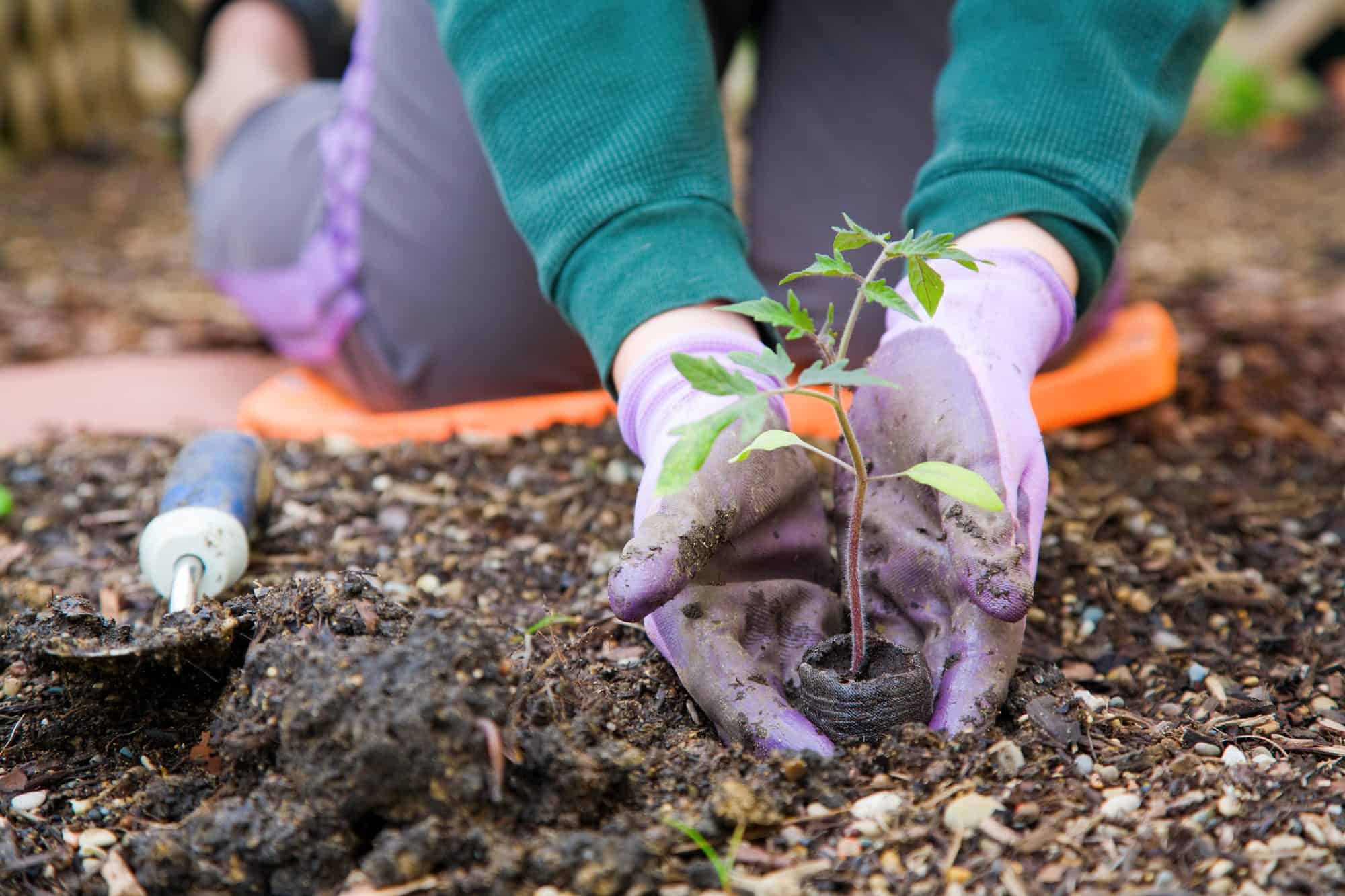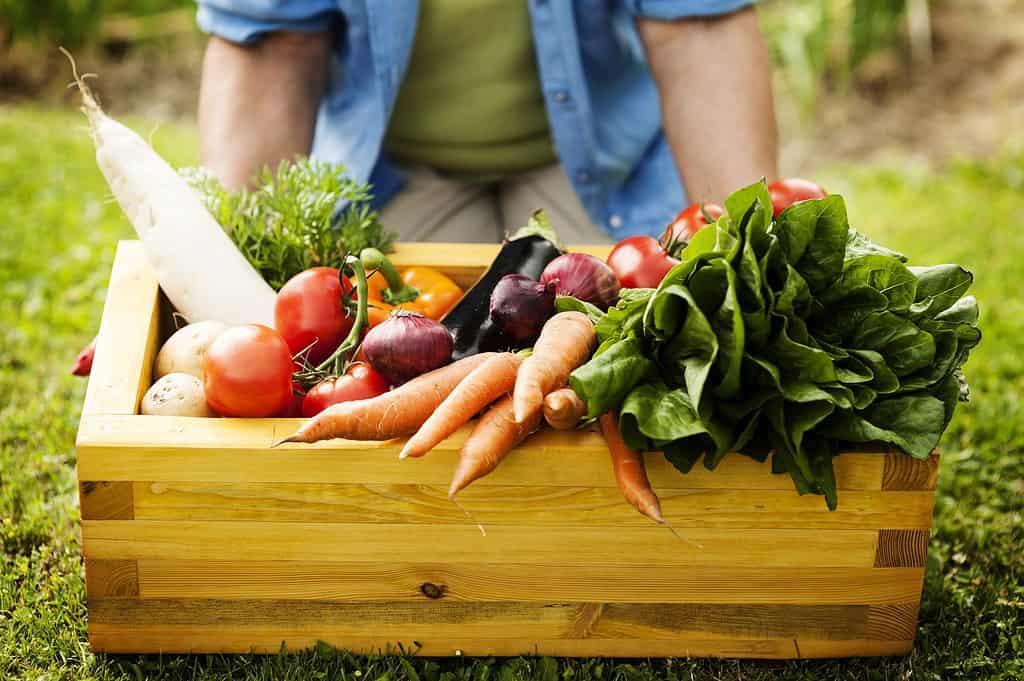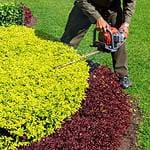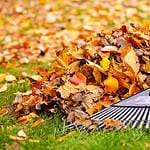
Get Prepped for Fall Vegetable Gardening
Fall is in full swing, and with the cooler weather comes the desire to be outside in the garden, getting into harvest mode!
Many gardeners look forward to the prospect of a fall vegetable garden. Autumn is an ideal time to grow a variety of vegetables that thrive in lower temperatures and offer a harvest that’s both delicious and satisfying. In this guide, we’ll share tips on what to plant and when to ensure a bountiful fall garden.
How to Choose the Right Vegetables for Your Garden
Start by making a plan that includes the variety of vegetables that thrive in your region during the fall season.
- Leafy Greens: Start your fall garden with leafy greens like spinach, lettuce, kale, and Swiss chard. These cool-season vegetables not only tolerate chilly temperatures but often taste better after a light frost.
- Root Vegetables: Carrots, beets, radishes, and turnips are excellent choices for fall planting. The crisp fall weather enhances the flavor of root vegetables, making them a delightful addition to your meals.
- Brassicas: Broccoli, cauliflower, Brussels sprouts, and cabbage thrive in the fall. They develop their best flavor when they mature in cooler weather.
Herbs: Consider growing herbs like cilantro, parsley, and dill in the fall. They add fresh flavors to your dishes and can be grown in pots or garden beds.

The Best Time to Plant Your Fall Vegetables
The timing of your fall vegetable garden largely depends on your local climate and the average first frost date. Here’s a general guideline:
- Late Summer: Start sowing seeds or transplanting seedlings of cool-season vegetables in late summer, typically 6-8 weeks before your first expected frost. Be sure to check your local frost dates.
- Succession Planting: To extend your harvest, consider succession planting. Plant a new batch of seeds every 2-4 weeks until the temperatures drop significantly.
- Protection from Frost: Keep in mind that fall gardening can include protecting your crops from early frosts. Covering your plants with row covers or cloths can provide some protection. Laying down mulch or gravel can also help, as both are great insulators, keeping plants warm and cozy.






Leave a Reply